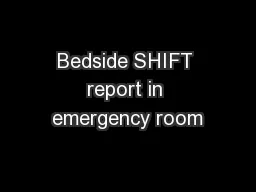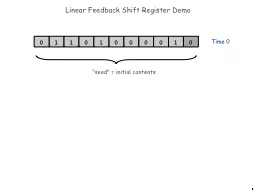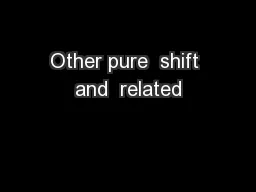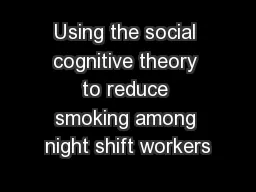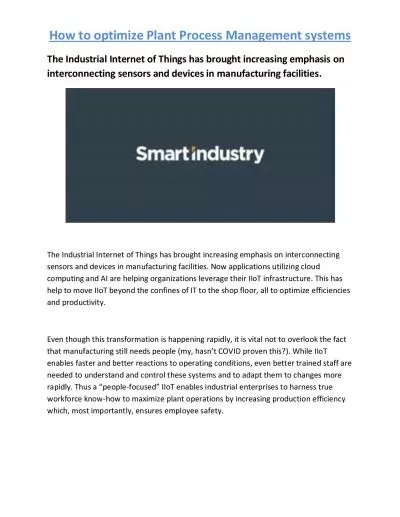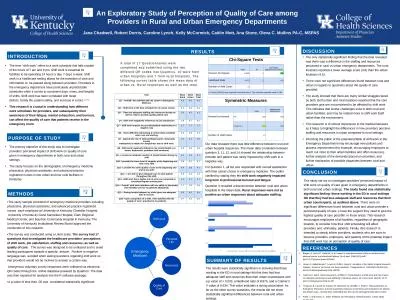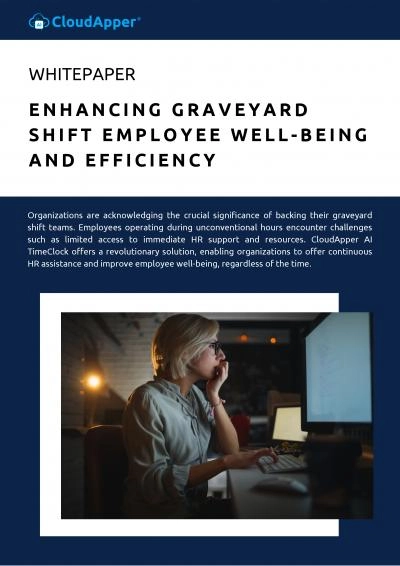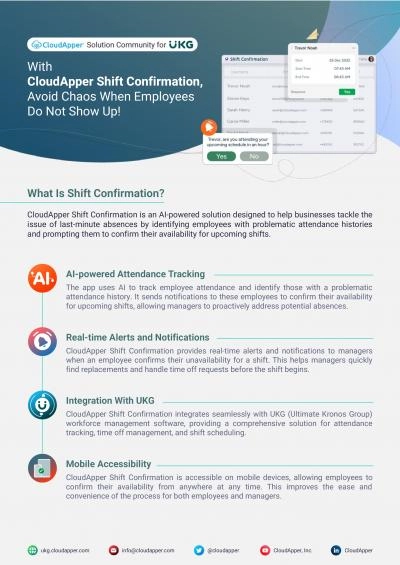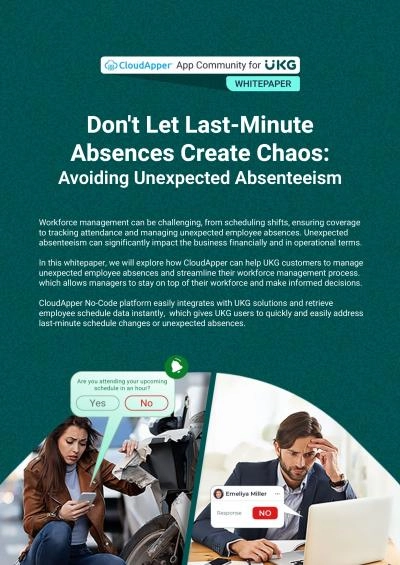PPT-Shift Work
Author : conchita-marotz | Published Date : 2017-03-30
By MHDavari MD What is shift work Shift work is defined as work outside of the normal daylight hours from about 7am until 6 pm Midnight Midnight Noon What is Shift
Presentation Embed Code
Download Presentation
Download Presentation The PPT/PDF document "Shift Work" is the property of its rightful owner. Permission is granted to download and print the materials on this website for personal, non-commercial use only, and to display it on your personal computer provided you do not modify the materials and that you retain all copyright notices contained in the materials. By downloading content from our website, you accept the terms of this agreement.
Shift Work: Transcript
Download Rules Of Document
"Shift Work"The content belongs to its owner. You may download and print it for personal use, without modification, and keep all copyright notices. By downloading, you agree to these terms.
Related Documents



